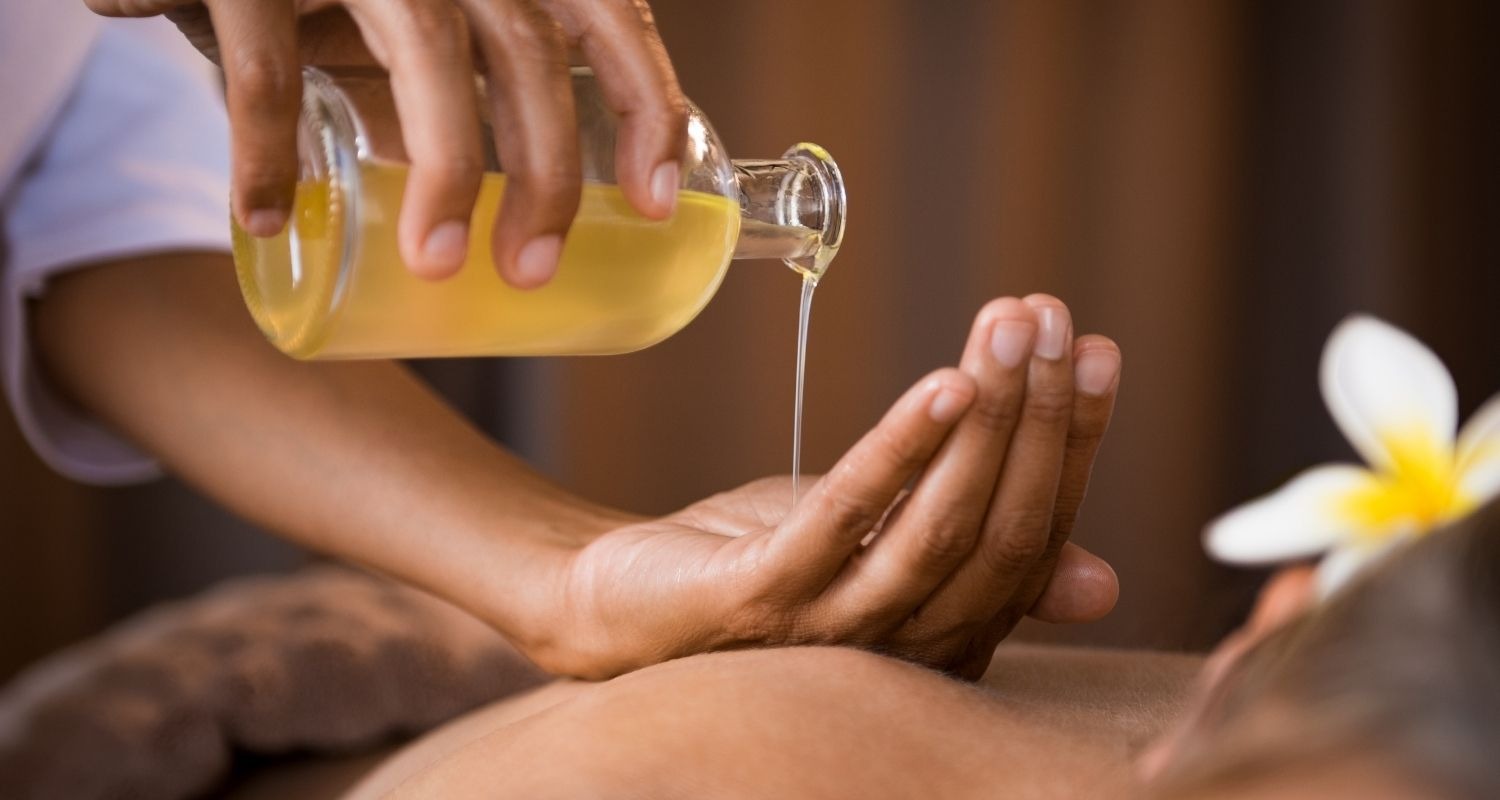To minimize the risk, it’s best to keep your ears dry for a few days after treatment and avoid sticking your fingers or a headset into your ears. They will be quite sensitive at first, so give them time to calm down. With microsuction, it is usually not necessary to apply ear drops in advance to soften the earwax, although this can still help in extreme cases. However, with ear spraying or ear irrigation, it is always necessary to apply drops before extraction, which would usually take place over a period of days prior to treatment. When it comes to removing earwax from the ears, there are several ways it can be done.
Removal of earwax by microsuction is now considered the best treatment for blocked ears. It uses a small microscope to find wax and then removes it with a suction device. Removing microsuction earwax is a relatively new alternative to older earwax removal methods, such as the ear syringe. Removing microsubsive earwax gently removes earwax accumulation from the ear canals through vacuum extraction.
Curling the ears with water can cause the liquid to get stuck behind the wax obstruction. In this article, we’ll take a look at the pros and cons of both techniques and advise you on microsuction aberdeen the safest way to keep your ears clean. As with other earwax removal techniques, in exceptionally rare cases there is a possibility of damage or trauma to the ear canal and eardrum.
Some people have ear canals that are smaller than average or have a shape that makes it difficult for natural wax to leave the canal, causing wax impacts. Sometimes earwax can accumulate and harden, causing a blockage called a “plug.” In addition to causing discomfort, an earwax plug can also cause temporary hearing loss because it blocks the ear canal. The ear is self-cleaning and as long as your earwax doesn’t accumulate, it doesn’t need attention. This is more likely when the ear is dry or in people with particularly narrow ear canals, so waxy ears can run in the family. Wax can also sometimes start to build up if it’s pushed too far into the channel by things like headphones or hearing aids.
In all of these cases, it’s important to consult your doctor for an ear consultation and aspiration procedure to ensure that the earwax is removed and that your hearing is not affected in the long run. If earwax builds up excessively, it can cause a number of annoying, if not painful, side effects. These include earache, a feeling of “fullness” in the ear, infection, itching, dizziness, hearing loss and tinnitus.
Usually, these patients have extremely hard/immobile earwax and need soothing ear drops before making further microsuction attempts. This percentage drops to 0.5% on the second visit, with only a handful of patients requiring a third visit. Our training organization, the Ear Care Academy, is pleased to announce the next course available for auditory microsuction. This 2-day course is on Saturday 2 March 2019 and Sunday 3 March 2019. The course is open to national and international audiologists, hearing aid dispensers, general practitioners, nurses, advanced nurse practitioners, pharmacists and physician assistants.
A full medical history is taken, followed by an examination of the ear and microsuction if indicated, as well as professional advice on maintaining good ear hygiene. The audiologist can advise on any drops or sprays that can be purchased from pharmacies in Harrow to help. The price may vary depending on the location and whether a prescription for aftercare is needed in case of irritation/inflammation or infection of the ear canal. Ear cleaning techniques include microsuction, irrigation, candling, spraying and manual removal of instruments. Microsuction is considered so high for removing earwax because it provides a reduced risk of damage to the eardrum.
